
Despite what certain orange men in white buildings may say. It is an inconvenient truth that Global Climate Change is occurring (Kerr, 2001) and may in fact not be a lie created by the Chinese.
What is more up for debate however, is exactly what is going to happen to the earth over the next hundred years. Among many problems better left unsaid, a concept has emerged that global climate change may lead to increased growth rates amongst plants (Nemani, 2003).
As a result of the inputs of additional carbon dioxide into the atmosphere from man-made sources, photosynthesis rates have increased; which has ultimately led to increased plant growth. On the surface of things this may sound like a good result, however below the surface i.e under the sea; this can have entirely different implications.
The increase of carbon dioxide levels in the atmosphere has also led to an increasing global temperature as well as an increasing ocean temperature (Hansen et al,. 2006). Many underwater plants may be detrimentally affected by this including the vast meadows of seagrass which support many of our favourite undersea critters such as the manatee.
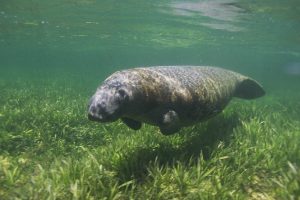
Most organisms on this planet can only live within a certain range of temperatures and when plants or animals are pushed beyond this range they can struggle to survive.
(No prizes for guessing what this means?)
Warming associated with climate change is causing many animals and plants to move beyond their comfortable ranges (Walther et al,. 2002). This is true for many species of temperate seagrasses which are struggling with rising temperatures (Short and neckless, 1999). Increasing temperatures are pushing them out of their desired temperature range of between the lower end of 21 and 32 °C; causing them to a enter a thermal stress. This facilitates a breakdown of a crucial step in photosynthesis known as ‘photosystem II’ (Koch et al,. 2012) and prevents them from photosynthesizing properly.
To make matters worse, other more tropical species of seagrass may begin to move in to temperate seagrasses habitats, as the warmer temperatures allow them to occupy and outcompete them for space. This is because as opposed to temperate species, warmer temperatures of around 27 – 33 °C tend to increase the photosynthetic rates of tropical species (Koch et al,. 2012).
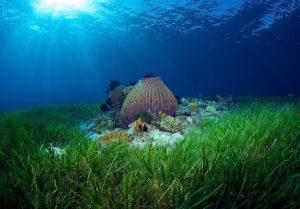
But like all things in life the tropical seagrass species can’t have it all. As in their native tropical environments some species are far more susceptible to temperature changes and subsequent increases will cause a breakdown of photosystem II, which leads to heat-induced photoinhibition (Campbell, McKenzie and Kerville, 2006). This subsequently means its ability to photosynthesize is reduced.
In closing it appears that many of the undersea grasses found globally, that are so crucial to many species on earth are going to be negatively affected by global climate change. And if nothing is done to stop it, we could be saying goodbye to a truly beautiful part of nature.
Word count – 489
References
Campbell, S., McKenzie, L. and Kerville, S. (2006). Photosynthetic responses of seven tropical seagrasses to elevated seawater temperature. Journal of Experimental Marine Biology and Ecology, 330(2), pp.455-468.
Hansen, J., Sato, M., Ruedy, R., Lo, K., Lea, D. and Medina-Elizade, M. (2006). Global temperature change. Proceedings of the National Academy of Sciences, 103(39), pp.14288-14293.
Kerr, R. (2001). GLOBAL WARMING: Rising Global Temperature, Rising Uncertainty. Science, 292(5515), pp.192-194.
Koch, M., Bowes, G., Ross, C. and Zhang, X. (2012). Climate change and ocean acidification effects on seagrasses and marine macroalgae. Global Change Biology, 19(1), pp.103-132.
Nemani, R. (2003). Climate-Driven Increases in Global Terrestrial Net Primary Production from 1982 to 1999. Science, 300(5625), pp.1560-1563.
Short, F. and Neckles, H. (1999). The effects of global climate change on seagrasses. Aquatic Botany, 63(3-4), pp.169-196.
Walther, G., Post, E., Convey, P., Menzel, A., Parmesan, C., Beebee, T., Fromentin, J., Hoegh-Guldberg, O. and Bairlein, F. (2002). Ecological responses to recent climate change. Nature, 416(6879), pp.389-395.
Photo credits
Loristillman, (2017). The Grass is Green Where You Water It. [online] Loristillman.files.wordpress.com. Available at: https://loristillman.files.wordpress.com/2013/04/screen-shot-2013-04-30-at-6-07-14-am.png?w=764 [Accessed 19 Mar. 2017].
Steve De neef, (2017). Steve De Neef Photography. [online] Stevedeneef.com. Available at: http://www.stevedeneef.com/index/G00000uAGDq2A_UQ/thumbs [Accessed 20 Mar. 2017].
US Fish and Wildlife Service, (2017). Antillean Manatee Fact Sheet. [online] Fws.gov. Available at: https://www.fws.gov/caribbean/images/Moises_by_Alejandro_Avampini.jpg [Accessed 20 Mar. 2017].
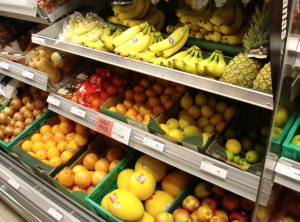
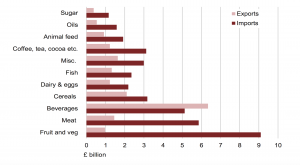
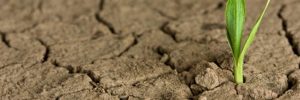
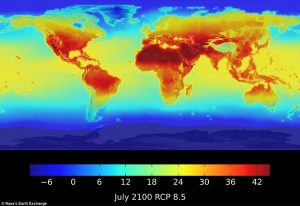
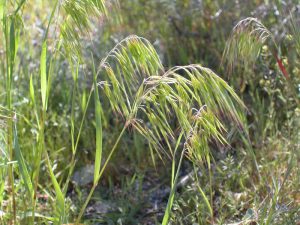
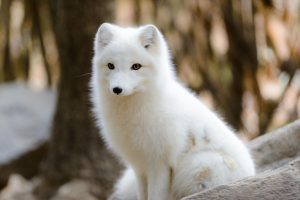
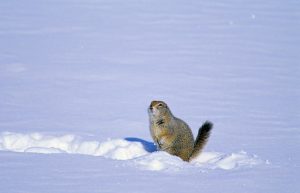
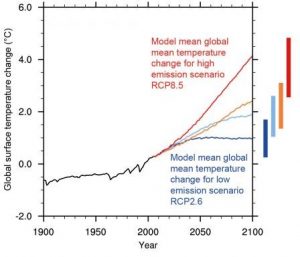
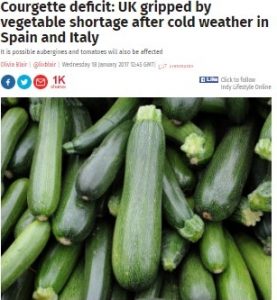
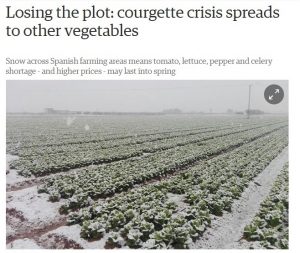
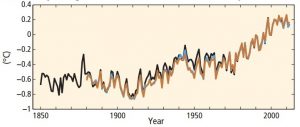
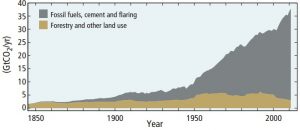
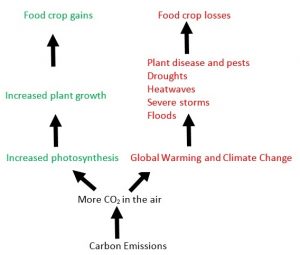
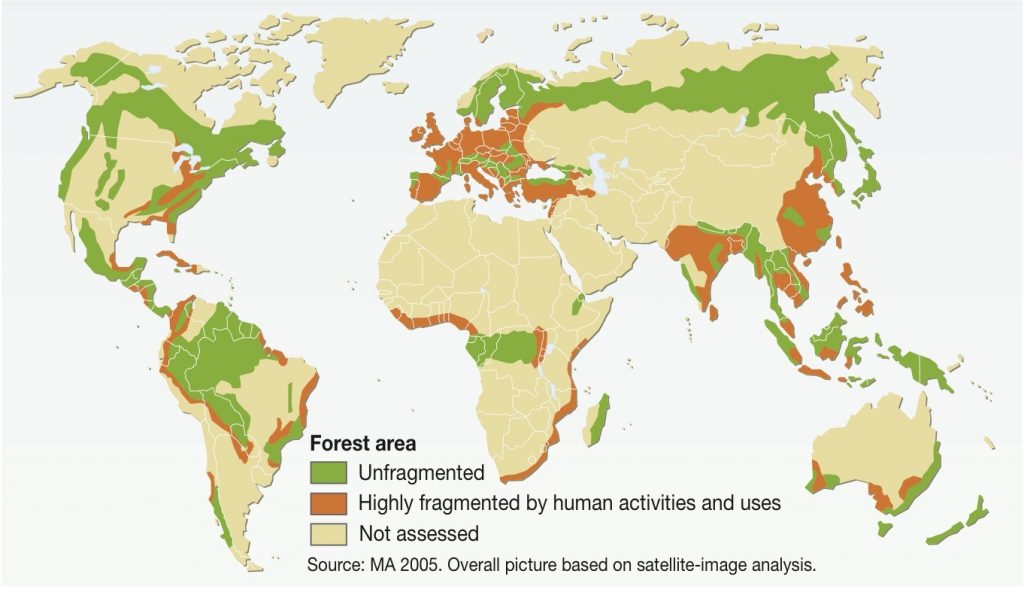
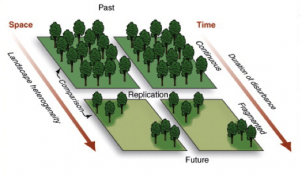
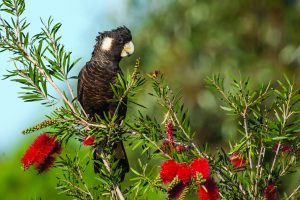
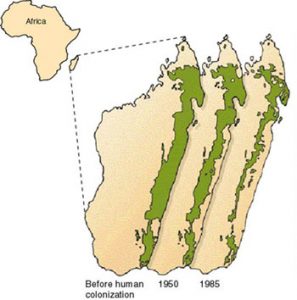
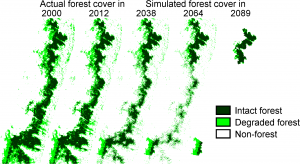
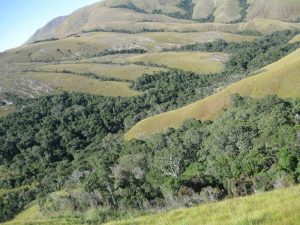
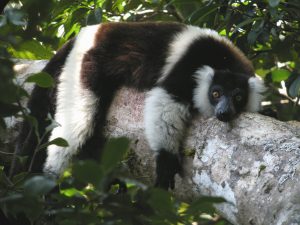
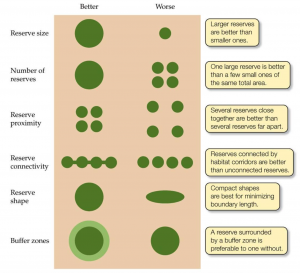
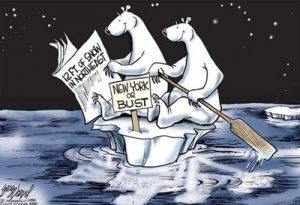
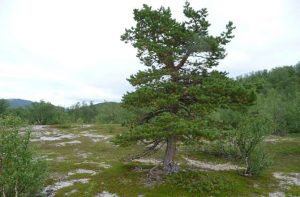
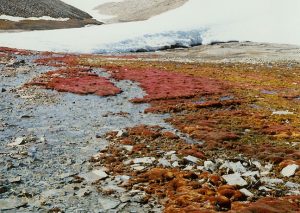
Recent Comments